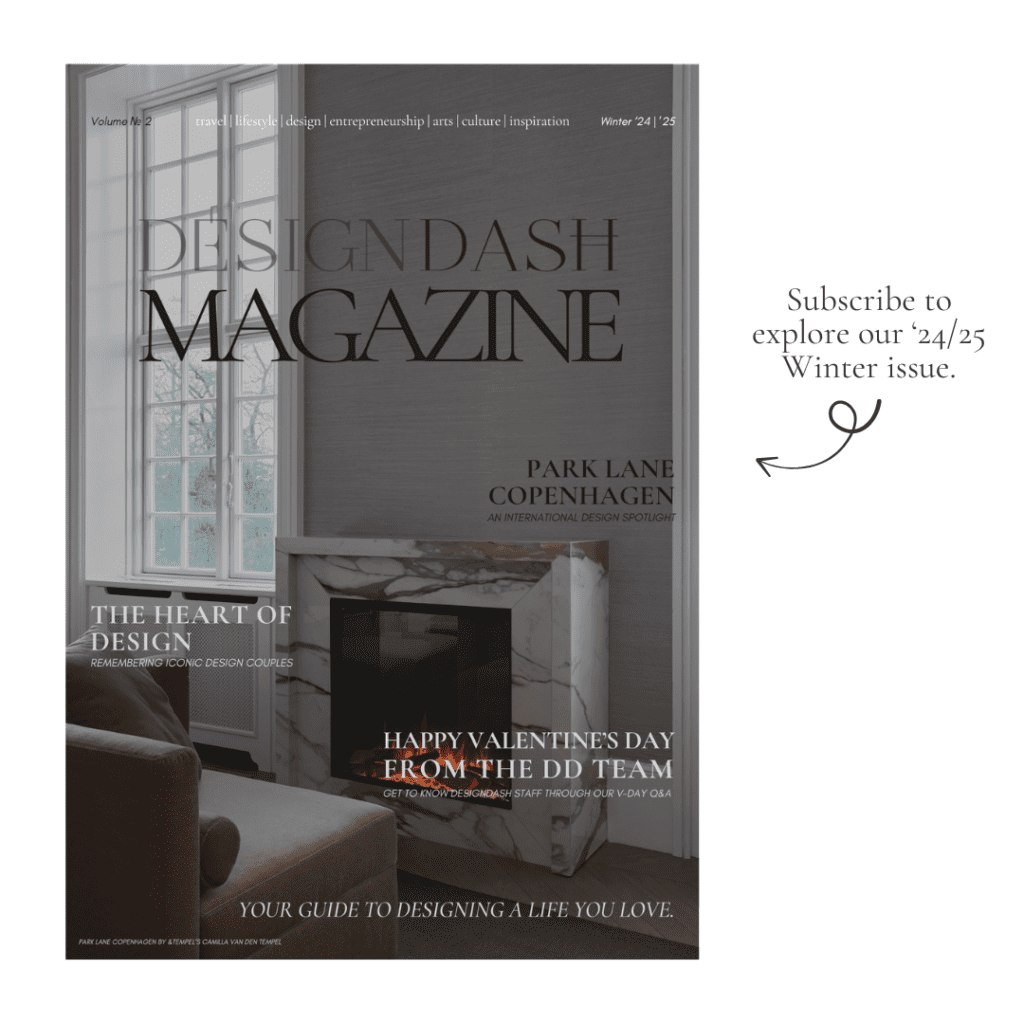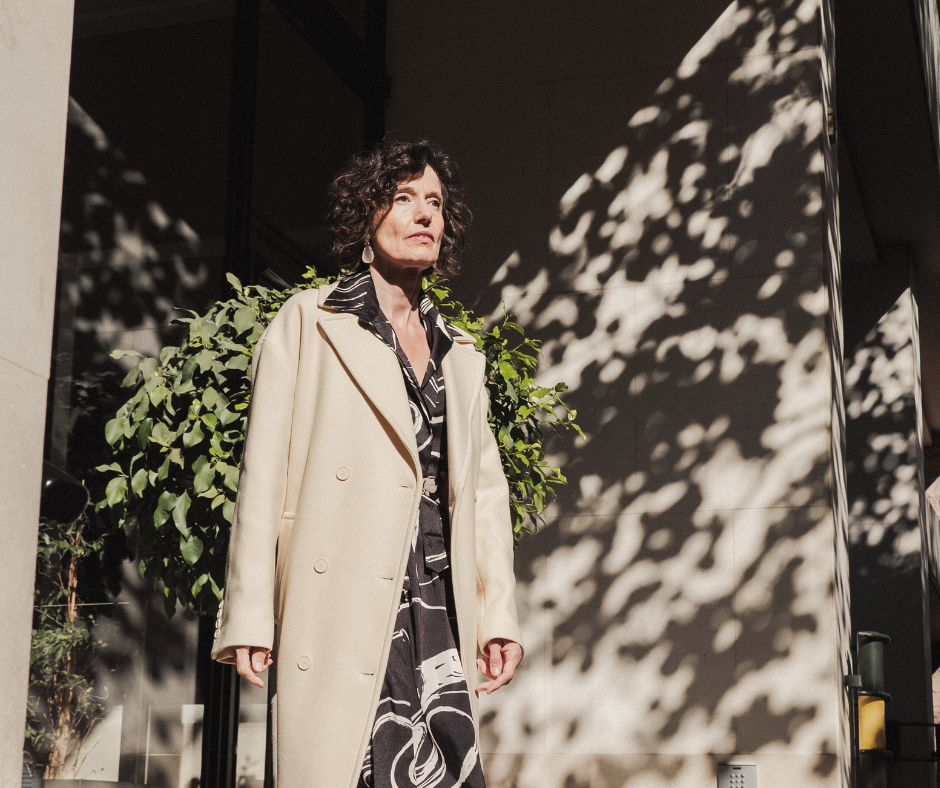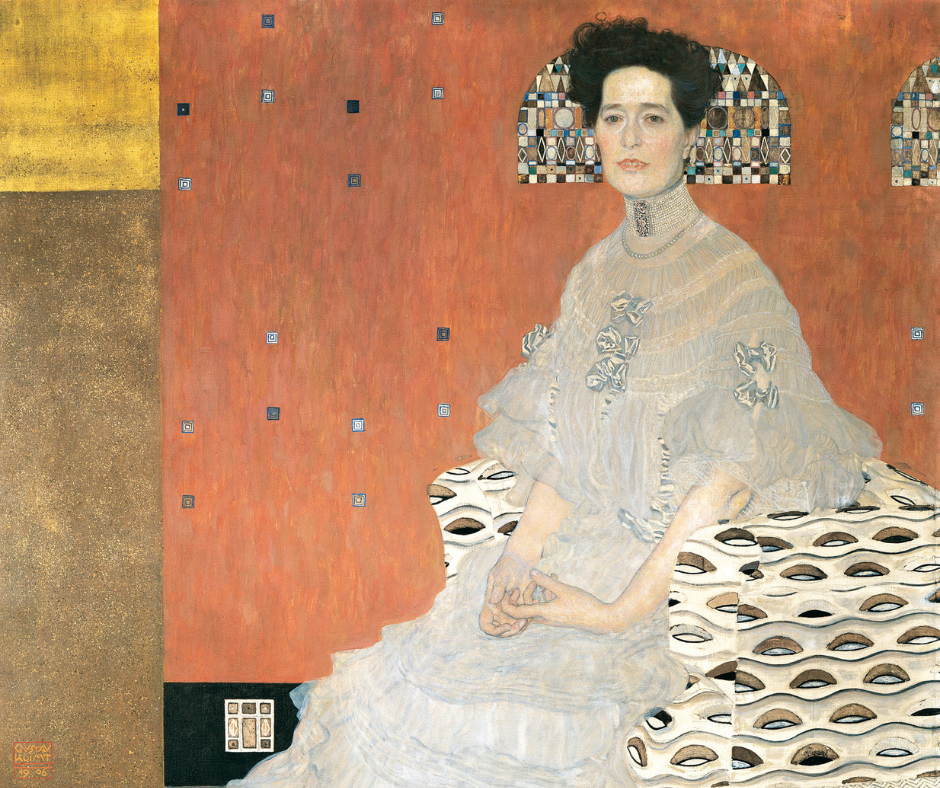
How to Design for Multiple Stakeholders Without Losing Creative Control
Summary
Managing input from multiple stakeholders doesn’t mean losing creative control. With a stakeholder matrix, clear boundaries, and strategic presentation, you can preserve your vision while fostering alignment. Lead with structure, advocate for your work, and turn collaboration into clarity—not chaos.
Reflection Questions
In your last collaborative project, did you clearly define who had decision-making authority—and who didn’t?
How do you currently present design work to stakeholders? Could your approach invite more alignment and less subjective feedback?
Where in your process could stronger boundaries have preserved your creative intent?
Journal Prompt
Think about a time when a design project veered off course due to unclear roles or conflicting feedback. What could you have done differently to set expectations earlier or advocate for your vision more effectively? Write out what a better process might have looked like—and how you’d approach a similar project today.
Incredible creative work that resonates with clients doesn’t occur in a vacuum. In fact, the design process usually involves not just a single client or team but a constellation of stakeholders—each with their own priorities, expectations, and levels of creative fluency. From heads of marketing and brand directors to product managers, founders, and outside agencies, today’s design projects can lean more heavily on orchestration than execution.
And that orchestration can be overwhelming. Without a clear strategy for communication, decision-making, and feedback, projects can quickly spiral out of control. Vague roles, conflicting input, and too many cooks in the proverbial kitchen all threaten to blur the original concept, stretch timelines, and erode the clarity of your creative vision.
Of course, creative collaboration doesn’t have to come at the expense of control. In fact, designing for multiple stakeholders—when done thoughtfully—can sharpen your thinking and elevate the end result. The key is to lead with clarity, define boundaries early, and present work in a way that fosters alignment, not ambiguity.
Let’s discuss how to do it well. Here’s why a stakeholder matrix, early boundaries, and smart presentation strategies can preserve your vision—and your sanity.
How to Design for Multiple Stakeholders Without Losing Creative Control
Start with Structure: Map Your Stakeholders
Before you open Figma or sketch a single wireframe, take a long pause. Who, exactly, is this project for—and who will have a say?
Creating a stakeholder matrix might sound corporate, but it’s an incredible tool for organizing participants in your design projects. A stakeholder matrix is essentially a living document that organizes all parties involved in a project. It categorizes them by their role, level of influence, and how (and when) they should be engaged.
At a minimum, your matrix should answer:
- Who has final decision-making power?
- Who must be consulted before key steps?
- Who simply needs to be informed?
- Who might influence the project indirectly (think: legal, compliance, or even the founder’s spouse)?
In many cases, your matrix can and should be shared with the client or internal team during kickoff. Doing so builds transparency, clarifies expectations, and diffuses potential tension before it arises. It also helps stakeholders self-regulate: when everyone understands their place in the process, they’re less likely to overstep or disengage.
Set Boundaries That Empower, Not Alienate
One of the biggest misconceptions in creative work is that being “collaborative” means being infinitely accommodating. In reality, thoughtful boundaries are not only protective—they’re productive. They give the project structure, reduce ambiguity, and help all stakeholders understand how and when their input will shape the work.
From the outset, outline your process and define how decisions will be made. This might mean establishing a limited number of feedback rounds, setting clear response deadlines, and identifying a single person responsible for consolidating feedback across departments. It may also include designating which types of decisions are open for discussion—like copy direction or overall messaging—and which fall squarely within your expertise, like typography, grid systems, or spatial hierarchy.
It might feel like you’re alienating certain people, but this approach is not intended to shut people out. The point is to create clarity and protect parts of the process that require deep focus and creative autonomy. Boundaries, when framed as a part of your professional practice, are not only accepted—they’re often respected.
And when you’re transparent about those boundaries early on, you make it easier for others to stay aligned. You reduce last-minute surprises, limit the chances of scope creep, and create a smoother path to sign off. Consider including your approach to feedback and approvals in your creative brief or kickoff deck. It sets the tone and reinforces your role as a strategic leader—not just an executor of requests.
Present Work for Alignment, Not for Preference
Designers often go into presentations thinking they need to show a wide range of options to demonstrate effort or invite collaboration. But in a multi-stakeholder environment, too many options can create confusion, dilute strategy, and open the floodgates to personal preference rather than project-aligned feedback.
Instead, lead with your strongest, most thoughtful direction. Present one refined concept—or two if they strategically differ meaningfully—not five disconnected ideas. The goal is not to crowdsource design decisions. It’s to guide your stakeholders through your thinking and help them understand how the visual and structural choices support the project’s objectives.
Context is everything here. Frame your design presentation with a clear narrative:
- What problem are we solving?
- How does this concept address that problem?
- What trade-offs were considered?
- Where is there room for iteration—and where is there strong rationale?
Fuel your creative fire & be a part of a supportive community that values how you love to live.
subscribe to our newsletter
*please check your Spam folder for the latest DesignDash Magazine issue immediately after subscription

Avoid inviting generic reactions with open-ended questions like “What do you think?” Instead, prompt strategic conversation by asking, “Does this support the goal we outlined in the brief?” or “Does this direction resonate with your audience’s values or expectations?”
Design fluency among stakeholders varies widely. Your job is to translate the work so it makes sense—and feels grounded in something bigger than aesthetic taste. That way, feedback becomes more focused, more actionable, and less likely to derail the design.
Handle Conflicting Feedback with Diplomacy—and a Backbone
Even with a stakeholder matrix, clear boundaries, and a streamlined presentation approach, feedback conflicts will happen. One department wants the brand to feel bold and disruptive. Another wants it to feel safe and familiar. A legal requirement emerges after final sign-off. A key stakeholder returns from vacation with new opinions.
These moments are common and they’re manageable. Just be sure to stay calm, curious, and grounded in the project’s goals. Often, conflicting feedback stems from misalignment on the problem the design is solving or fear that the solution won’t resonate with their audience.
Start by listening. Ask clarifying questions to get beyond surface-level critiques. “Make it pop more” might actually mean “This doesn’t feel distinct enough from our competitors,” or “I’m worried our target market won’t find this trustworthy.” The more you can reframe vague feedback into strategic insight, the easier it is to navigate.
When necessary, refer back to your brief, your research, or any previous alignments to anchor the conversation. Position yourself not as a passive receiver of edits, but as a creative partner helping to solve real business problems.
And when the design itself is at stake, don’t be afraid to advocate. Diplomacy doesn’t mean always saying yes. It means being respectful, thoughtful, and persuasive in standing up for work that supports the shared vision. Offer well-reasoned alternatives when possible—and be willing to concede when needed. The goal is progress, not perfection.
Lead Like a Conductor, Not a Chameleon
A designer or creative lead who knows how to listen, translate, and guide is at the center of every successful multi-stakeholder project. Strive to be someone who can synthesize multiple points of view, navigate ambiguity with grace, and still protect the core of the creative idea.
You’re not there to absorb everyone’s opinions and morph the work to match them. You’re there to orchestrate and align the energy of a team toward a purposeful, well-crafted result.
So yes—build the matrix. Set the boundaries. Present with confidence. Manage feedback with empathy and clarity. But above all, trust your process, eye, and voice. Design is decision-making with intent, and the more structured your collaboration, the more freedom you’ll have to do what you do best.
Final Thoughts
For more articles on creative strategy, leadership, and navigating the messy middle of great design, subscribe to the DesignDash newsletter or join the DesignDash Community. We share real-world advice for creative professionals who want to lead with confidence—and keep the craft at the center.









